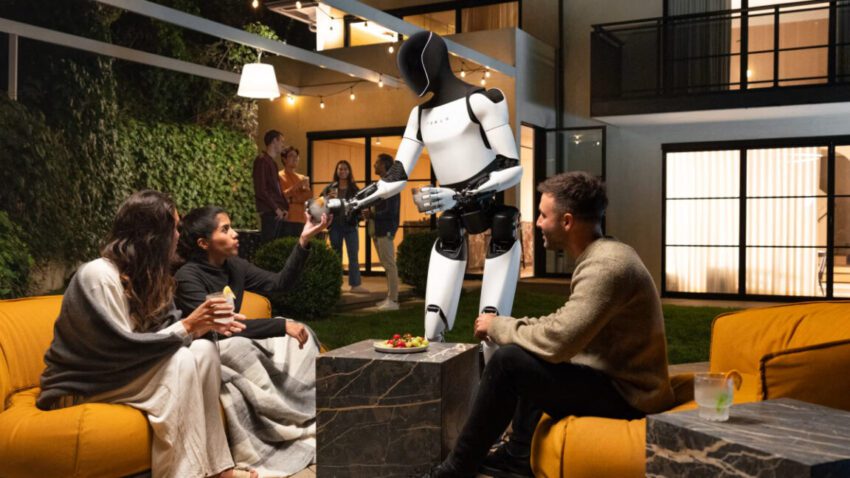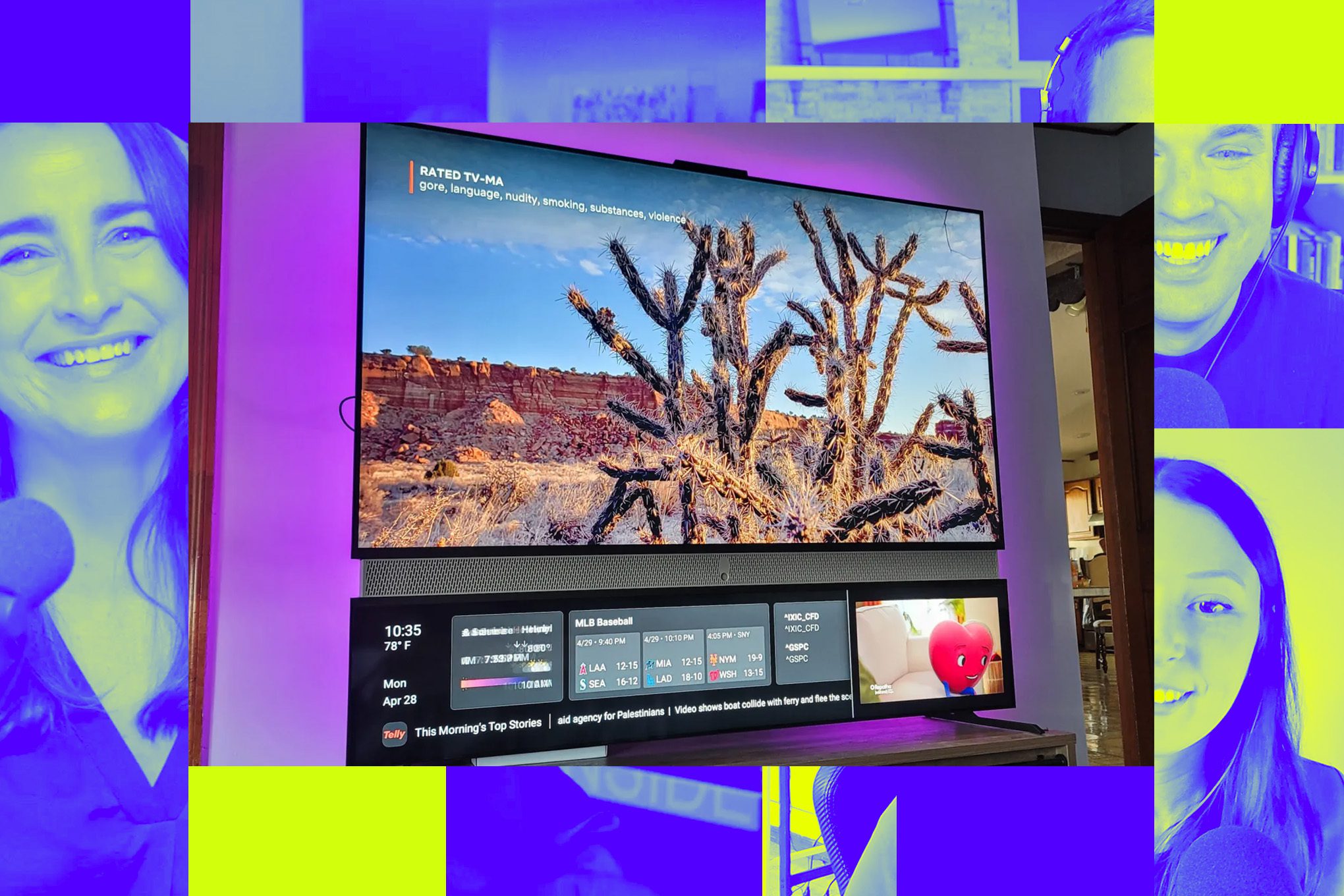
why irobot s founder won t go Rodney Brooks, a pioneer in robotics and co-founder of iRobot, has issued a stark warning regarding the safety of contemporary humanoid robots, advising that people should maintain a distance of at least nine feet from these machines.
why irobot s founder won t go
Rodney Brooks: A Pioneer in Robotics
Rodney Brooks has been a significant figure in the field of robotics for decades. As a professor emeritus at the Massachusetts Institute of Technology (MIT), he has contributed to various advancements in robotic technology. His work has spanned multiple domains, including the development of autonomous robots and humanoid machines. Brooks is perhaps best known for co-founding iRobot, the company behind the popular Roomba vacuum cleaner, and Rethink Robotics, which aimed to create collaborative robots for industrial settings.
In a recent technical essay titled “Why Today’s Humanoids Won’t Learn Dexterity,” published on his blog, Brooks expresses his concerns about the current state of humanoid robotics. He argues that the billions of dollars being invested in the development of humanoid robots may be misguided, given the inherent safety risks associated with these machines.
The Safety Concerns of Humanoid Robots
Brooks emphasizes that the design and functionality of today’s bipedal humanoid robots pose significant safety risks. He specifically warns that the kinetic energy generated by these robots while walking can be dangerous. This energy, which is necessary for maintaining balance, can lead to severe injuries if the robot falls or if its limbs make contact with a person.
The Kinetic Energy Dilemma
When a humanoid robot walks, it must constantly adjust its balance to remain upright. This balancing act requires a considerable amount of kinetic energy, which is stored in the robot’s limbs and body. If a robot were to lose its balance and fall, the energy could result in a forceful impact, potentially injuring anyone nearby. Brooks points out that this risk is exacerbated by the fact that many humanoid robots are not designed with safety features that would mitigate the consequences of such falls.
Brooks states, “Until someone comes up with a better version of a two-legged walking robot that is much safer to be near, and even in contact with, we will not see humanoid robots get certified to be deployed in zones that also have people in them.” This statement underscores the need for advancements in safety technology before humanoid robots can be integrated into environments where they interact with humans.
The Investment in Humanoid Robotics
Despite the safety concerns raised by Brooks, many companies are investing heavily in the development of humanoid robots. Major tech firms and startups alike are pouring billions into research and development, driven by the belief that humanoid robots could revolutionize various industries, from healthcare to manufacturing. However, Brooks argues that this investment may be based on unrealistic expectations.
The Fantasy of Humanoid Robots
Brooks believes that the current trajectory of humanoid robotics is akin to chasing an expensive fantasy. He contends that the fundamental challenges associated with creating safe, functional humanoid robots have not yet been adequately addressed. The allure of humanoid robots often stems from their potential to perform tasks that require dexterity and adaptability, qualities that are currently lacking in many robotic systems.
However, Brooks argues that the focus on humanoid robots may be misplaced. He suggests that instead of trying to create robots that mimic human form and function, researchers should explore alternative designs that prioritize safety and efficiency. By doing so, they could develop robots that are better suited for specific tasks without the inherent risks associated with bipedal locomotion.
The Implications of Brooks’ Warning
Brooks’ cautionary stance has significant implications for the future of humanoid robotics. If the industry continues to prioritize the development of humanoid robots without addressing safety concerns, it may face regulatory hurdles that could hinder progress. Regulatory bodies may be reluctant to approve the deployment of humanoid robots in public spaces, particularly if they are perceived as a threat to human safety.
Industry Reactions
The robotics community has had mixed reactions to Brooks’ warnings. Some experts share his concerns, emphasizing the need for safety protocols and rigorous testing before humanoid robots are allowed to operate in environments with people. Others, however, argue that the potential benefits of humanoid robots justify the risks, advocating for continued investment and research in this area.
For instance, proponents of humanoid robotics argue that these machines could significantly enhance productivity in various sectors. In healthcare, humanoid robots could assist with patient care, while in manufacturing, they could streamline assembly processes. The potential for humanoid robots to take on tasks that are dangerous or labor-intensive for humans is a compelling argument for their development.
Future Directions in Robotics
As the debate over humanoid robots continues, it is essential for the industry to consider alternative approaches. Brooks’ insights may serve as a catalyst for rethinking the design and functionality of robots. Instead of focusing solely on humanoid forms, researchers could explore a broader range of robotic designs that prioritize safety and efficiency.
Exploring Alternative Designs
One potential direction is the development of robots that utilize wheeled or tracked locomotion rather than bipedal movement. These designs could reduce the risks associated with falls and collisions while still allowing robots to navigate complex environments. Additionally, advancements in artificial intelligence and machine learning could enable robots to perform tasks with greater precision and adaptability, regardless of their physical form.
Moreover, incorporating safety features such as impact-absorbing materials, advanced sensors, and fail-safe mechanisms could enhance the safety of humanoid robots. These innovations could help mitigate the risks associated with kinetic energy and improve the overall reliability of these machines.
Conclusion
Rodney Brooks’ warning about the safety of contemporary humanoid robots serves as a crucial reminder of the challenges facing the robotics industry. While the potential benefits of humanoid robots are significant, the safety risks associated with their design and operation cannot be overlooked. As investment in this field continues, it is imperative for researchers and developers to prioritize safety and explore alternative approaches to robotic design. Only by addressing these fundamental issues can the industry hope to realize the full potential of humanoid robotics in a safe and responsible manner.
Source: Original report
Was this helpful?
Last Modified: October 3, 2025 at 6:36 pm
0 views














